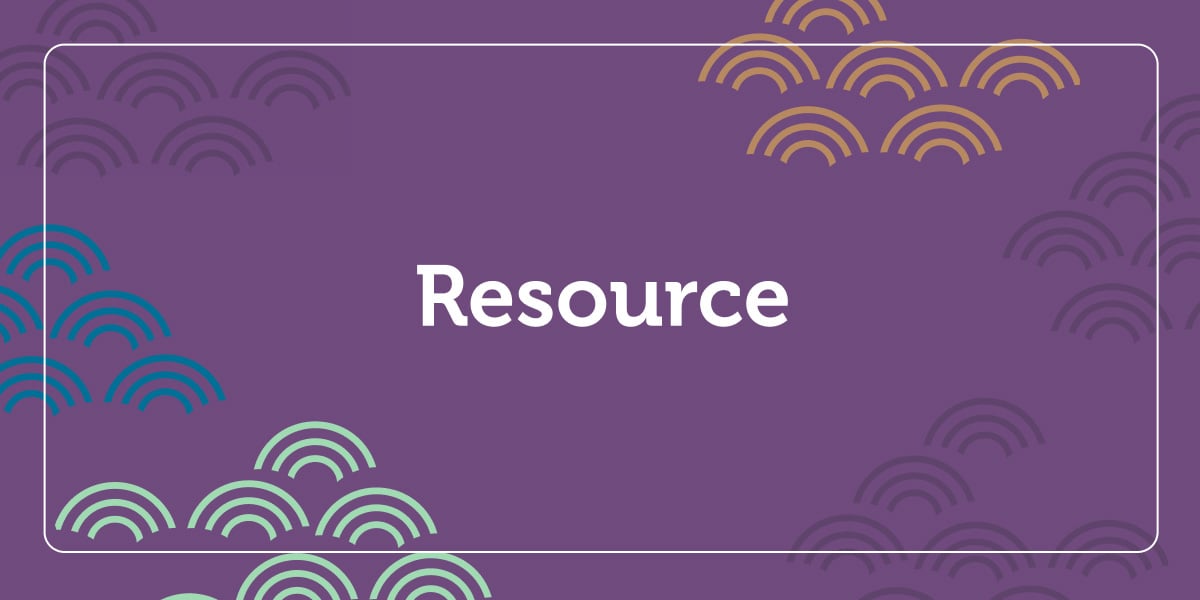Music and learning go hand in hand. We incorporate music into the classroom every day with welcome chants, sound experiments, and songs that help us remember the alphabet and constitution. In fact, music is so important to learning that March is National Music in Our Schools Month!
Music and learning go hand in hand. We incorporate music into the classroom every day with welcome chants, sound experiments, and songs that help us remember the alphabet and constitution. In fact, music is so important to learning that March is National Music in Our Schools Month! What better time to start incorporating more music into your classroom routine?
In order to celebrate this special month, here are a few musical activities from Anice Patterson and David Wheway’s book 30 Fun Ways to Learn About Music. This book contains musical activities centered on instruments, dancing, and even singing. Check it out and add a new rhythm to your lesson plan.
Teddy Bear, Teddy Bear
Materials:
What to Do:
1. Tell the children you are going to say a rhyme and they will act it out
2. Say the rhyme, encouraging the children to do the appropriate actions with you
Teddy bear, teddy bear
Turn around
Teddy bear, teddy bear
Touch the ground
Teddy bear, teddy bear
Go up the stairs
Teddy bear, teddy bear
Say your prayers
Teddy bear, teddy bear
Turn out the light
Teddy bear, teddy bear
Say goodnight
3. Now choose a percussion instrument for each action. For example:
4. Choose children to play the sounds for each movement
How Long Does it Last?
Materials:
- Cards with words or symbols for the words long, short, ring, and stop
- Instruments and household or classroom objects made from different materials (plastic bins, rhythm sticks, metal spoons, radiator, cymbals, a bell, or a tuning fork)
What to Do:
- Play some of the instruments and sound-makers and listen to the sounds they make
- When the children have listened to some of the sounds, play something with a ringing sound like a chime, bell, or cymbal. Ask the children to listen for when the sound stops
- Next, strike two rhythm sticks together and ask the children to listen again
- Talk about long and short sounds, and whether the sound rings or stops quickly
- Hold up the long and short cards. Ask a child to listen and point to the long or short card after each sound is played. Repeat with the ring and stop cards
Goldilocks
Materials:
What to Do:
1. Read or tell the story of Goldilocks and the Three Bears and then discuss the tone of voice used to indicate the three bears and their different sizes
2. Discuss the different pitches and what would be good sounds to use for each bear, bowl, chair, etc. such as:
- The forest—vocal sounds of wind blowing
- The bowls—three woodblocks with three different pitches
- The chairs—three chimes with three different pitches
- The beds—three different sized shakers
- The bears—speaking in three different voices or pitches
- Goldilocks—a tune on a xylophone
3. Decide who is going to play what and when. Practice the parts where the sounds come in
4. Read the story through again with the sound played by the children in a “performance”


